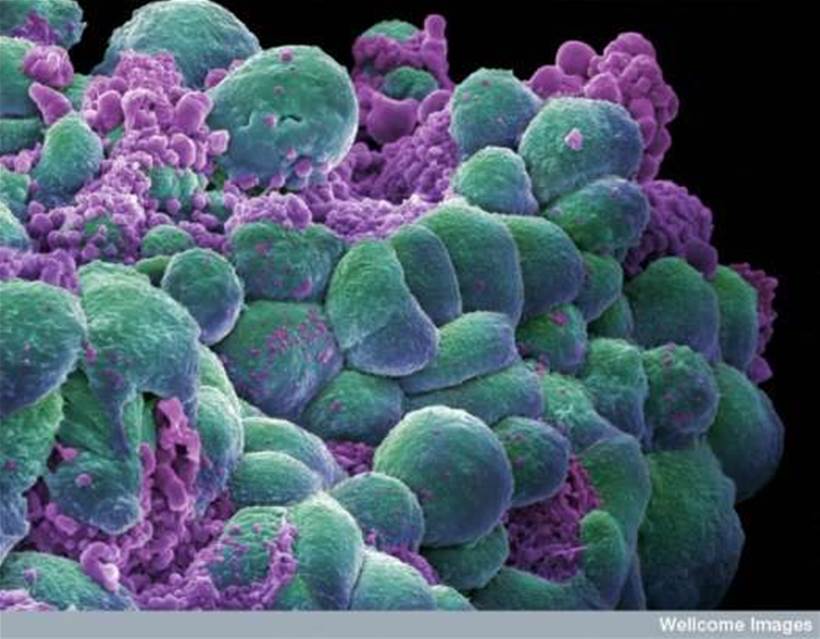A big data project designed to aggregate and learn from the treatment of cancer patients is looking to expand internationally after a successful first year of operation in the United States.
CancerLinQ – which counts the oncology operations of major pharmaceutical companies among its sponsors – already has access to the de-identified, anonymised health data of one million US cancer sufferers.
It hopes to grow that number worldwide to identify patterns in the way different cancers are treated and to help medical practitioners compare and search symptoms and treatments in near real-time.
“Cancer isn’t an abstract topic,” CancerLinQ CEO Kevin Fitzpatrick told SAP’s annual SapphireNow conference.
“This is suffering that you’ve seen occur firsthand in your own families and it’s suffering that’s occurring in families around the world.”
Fitzpatrick said that 1.7 million cancer diagnoses are made in the United States alone each year. In Australia, the number is about 130,000, but is expected to rise by 2020.
CancerLinQ came about when the board of the American Society of Clinical Oncology (ASCO) – which owns it – issued a challenge for an IT system to be created that would allow it to learn from the experience and treatment of every cancer patient.
Presently, only three percent of cancer sufferers are enrolled in clinical trials, which act as the main vehicle for testing scientific and medical breakthroughs.
“97 percent of patients fall outside the criteria or locations associated with being enrolled in a clinical trial,” Fitzpatrick said.
Fitzpatrick set about trying to capture the data of that 97 percent. He believed their collective experience would provide a better picture of “real world evidence on how care is really rendered to real world populations”.
The result is the CancerLinQ system and portal. Effectively what it does is take data from electronic medical record systems, aggregates and anonymises it, and uses SAP technologies such as HANA in-memory analytics to identify patterns and insights.
“What we have worked to do in cooperation and partnership with SAP is really a three step process towards an audacious goal,” Fitzpatrick said.
“First, could we develop a platform that allowed us to collect data automatically, seamlessly without any additional clerical burden to the medical staff, out of the backend of e-health medical record systems, across the continuum of care?
“And if we could collect that data and do it with a great deal of data fidelity could we assemble a knowledge base?
“And then the most audacious step of all is to take that information and develop a rapid learning system that would allow … a care team … to make interventions for an individual patient that could change the trajectory or course of their care in a positive way.”
Fitzpatrick said that while audacious, CancerLinQ wasn’t just “aspirational” – it is now operational.
“Any doctor who is contributing data to CancerLinQ from their practice has the right and the privilege to look at the data of all of the other patients submitted by all of the other physicians using the system anywhere in the world,” he said.
“Now, that data is de-identified and anonymised by provider and patient but what it’s doing for the very first time is allowing a physician who is confronted with a patient who has the unique manifestation of a disease or some toxicities, side effects or adverse effects, to match that patient against the entire experience of the oncology community treating similar patients.
“[As a practitioner you can] then understand what decisions, what choices your colleagues may have made in treating similar types of patients.
“This is something that is just up and running now, and we think it’s going to be one of the great advances that’s available through the SAP and HANA platform.”
Fitzpatrick said that the long-term goal is not only to be able to learn from the collective experience of patients and practitioners, but also to be able “to take breakthroughs that are occurring in the lab and get them to the bedside in as efficient a fashion as possible”.
He said he hoped to be able to take the CancerLinQ system internationally “soon”, enabling it to “compare treatment and care strategies from around the globe”.
“We want more cancer survivors because we’ll have better data and better insights to be able to make better clinical decisions”.










